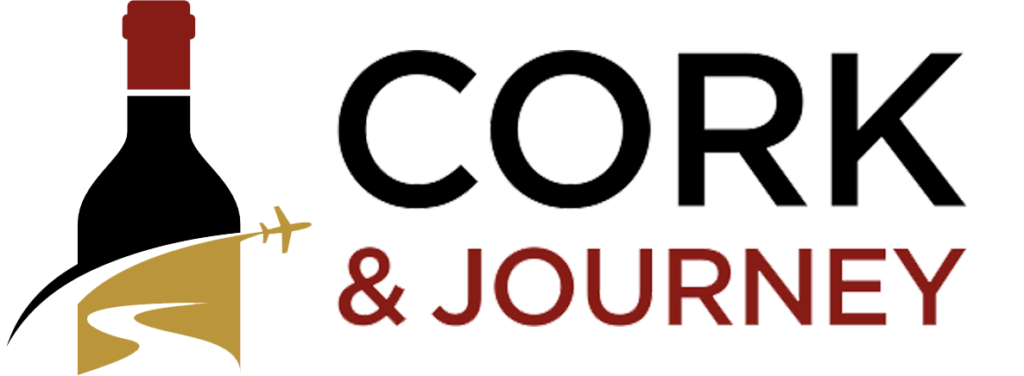Robb Report – The Cult Napa Cab Market Is Softening
Over at the Robb Report, Mike DeSimone and Jeff Jenssen write that demand for cult Napa Cabernet Sauvignon is softening as collectors experience “palate and wallet fatigue,” with many shifting toward lighter, better-value wines from regions like Bordeaux, Tuscany, and Spain. Auction prices are dipping, allocations are going unclaimed, and even long-time Napa loyalists are trading $500 bottles for Chablis, Pinot Noir, and Chardonnay in the $50–$100 range. From the article:
We noticed the first crack in the all-Napa, all-the-time façade came in December after we wrote an article decrying the winery allocation system that makes purchasing a bottle of wine much more difficult than it needs to be. In the aftermath, several friends and acquaintances wrote to let us know that after signing up for winery allocation lists years ago and never receiving so much as an email confirming that their information had been received, they had suddenly heard from several high-profile, top tier, direct-to-consumer brands announcing that there were openings on the list for those who wanted to purchase wine—perhaps a tacit acknowledgement by wineries that they needed to be less coy with their allocations.
The VinePair Podcast – Are All Michelin Stars Created Equal?
On the “VinePair Podcast,” Adam, Joanna, and Zach take this episode of the “VinePair Podcast” to discuss why there’s such a massive difference between Michelin-starred restaurants in Europe versus those in the United States. From the lead in:=
Overseas, however, the Michelin experience is all about the food the chef has prepared for the evening. As Adam was told on a recent trip to Italy, “the kitchen is the boss.” There’s no dreamweaving or pomp and circumstance. The food may still be top-notch, but the experience often comes with weird fine-dining formalities and a level of service that can feel quite cold, passive-aggressive, or just not very good. Is a difference in tipping culture to blame, or are there other factors at play in these contrasting approaches to hospitality?
Since the service in Europe is often non-existent, that may be the case. It does seem that the standards for getting 1-Star in the US seem to be much higher than in Europe.
MarketWatch – Is Booze Making A Comeback? The Sober Craze May Have Run Its Course
Recent analysis suggests that Gen Z isn’t giving up drinking—it’s just consuming less frequently and more deliberately, favoring authentic and health-conscious choices like additive-free, low-calorie options and premium canned cocktails. While traditional alcohol sales dipped, major industry players remain optimistic, viewing the shift as cyclical rather than terminal and noting that when younger consumers do indulge, they often gravitate toward elevated experiences, reshaping how brands connect with them.
San Francisco Chronicle – A Plan To Boost Sonoma’s Struggling Wine Industry Has Erupted Into Controversy
In the San Francisco Chronicle, Jess Lander and Esther Mobley report that Sonoma County’s wine industry is reeling from a steep decline in consumption, prompting a controversial proposal for a Wine Improvement District (WID) that would levy a 1–2 % assessment on tasting room sales to fund regional marketing. The plan, intended to raise around $4 million annually, has sparked fierce pushback, particularly from small, direct‑to‑consumer wineries that argue it unfairly burdens their essential revenue stream.
WIDs can be a good thing, and several have been around for a bit and do work. Here are a few examples.
Casa Emma: Sangiovese with a View in Chianti Classico
Set in the rolling hills of Barberino Tavarnelle, Casa Emma offers a polished take on Chianti Classico winemaking, combining detailed vineyard work with a clean, well-organized cellar approach. Led by winemaker Marco Salvadori, the estate specializes in structured, site-driven Sangiovese and welcomes visitors with immersive tastings that pair local flavor with regional perspective.
2021 Patrimonio Rosé “Cru Des Agriate”

If you’ve ever dreamed of sipping wine by the sea in Corsica, here’s your shortcut. The 2021 “Cru Des Agriate” rosé is an easygoing but thoughtful bottle that brings just the right amount of sun, salt, and character to the table. Made by Domaine Giacometti in the wild northern reaches of Corsica, this bottle leans hard into the island’s native grapes and mineral-laced soils to produce a refreshingly honest expression of place. It’s not flashy, but that’s the charm—think of it as the wine equivalent of a linen shirt and sunburned shoulders.
First & Oak: Solvang’s Cozy Gem of Seasonal Fine Dining

Tucked inside the Mirabelle Inn in the Danish village of Solvang, First & Oak is one of those rare finds where you immediately feel like you’re in for a good night the moment you walk through the door. This New American restaurant, owned by the folks behind Coquelicot Vineyard, offers an intimate, refined dining experience that doesn’t take itself too seriously, and thank goodness for that.

All things wine, and food you could ever need or want — straight to your email!